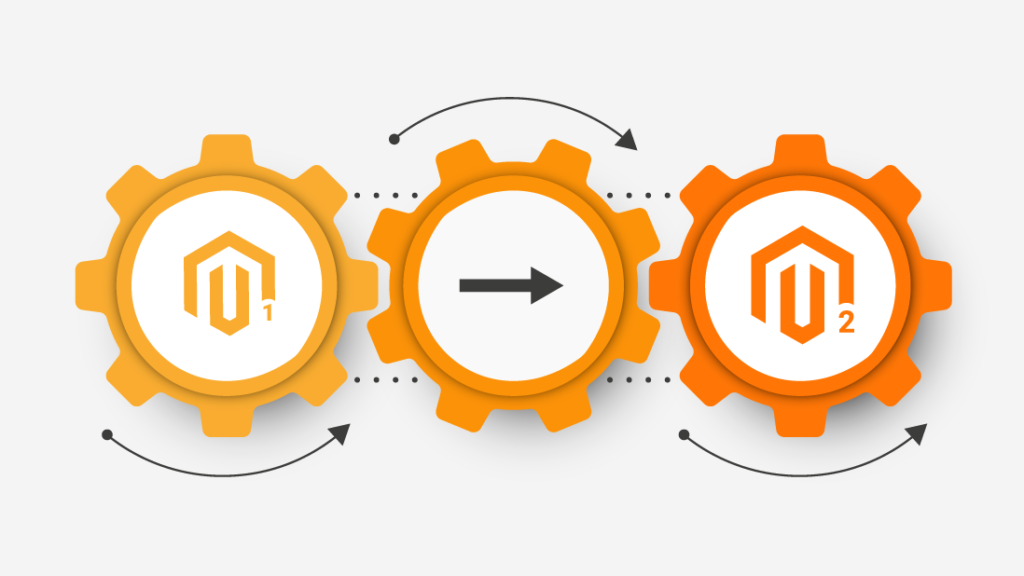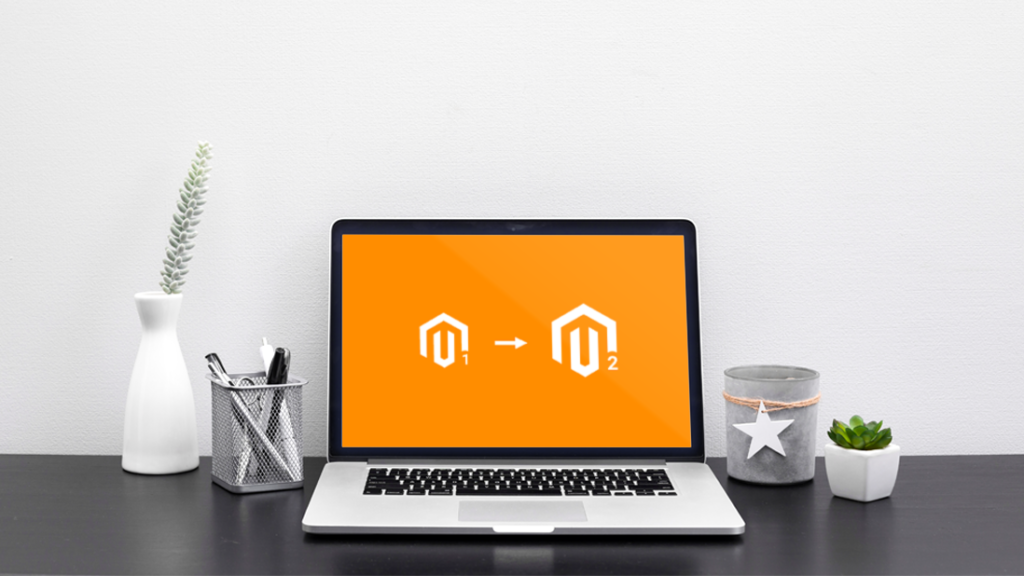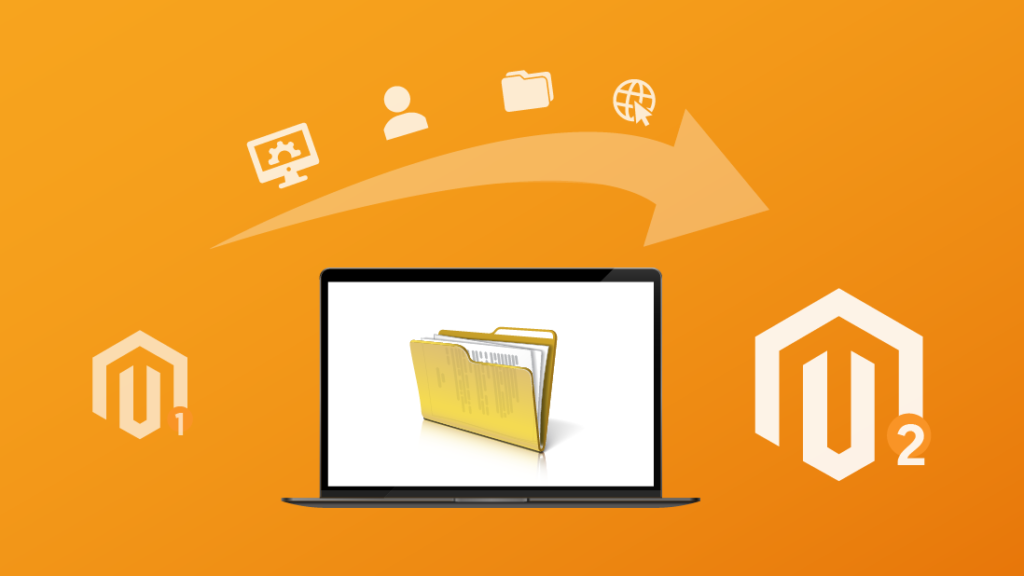As business owners, we are all aware of converting Magento 1 to 2’s importance level. None of us wants to lag with the outdated platform. And all merchants desire to speed up their Magento migration process to catch up with or even beat our rivals. However, not everyone knows how to upgrade their online store in the fastest way. Thus, we would like to provide the ten methods that merchants can apply to accelerate the Magento 2 migration process.
#1. Find Out About The Magento Migration Process
Many merchants may mistake that they only need to transfer data to their new websites. But moving to Magento 2 is a complicated process.

The truth is migrating to Magento 2 is the process that we create a new site from scratch. Which means it is impossible to use the existing designs or extensions on our new website.
Hence, it is necessary to gain knowledge about Magento 2 and the migration process. Otherwise, it would be a waste of time to discuss a platform that we are unaware of with the service provider.
#2. Review Your Old Website
By reviewing the current site, we can realize what is useful for the new one. Therefore, we can point out the requirements much easier.
As Magento no longer provide security patches for Magento 1, this old platform has to face many severe problems. A huge number of Magento 1 extensions are disabled and became useless.
Hence, you may define what plugins are vital to migrating.
We can also remove the data of products out of stock or orders that are fulfilled years ago.
Additionally, having a look at your old store may bring you ideas about the new one. You might think about the design, new extensions, or function customs that will help manage your site and attract more customers.
#3. Simplify your requirements
It takes time to build one website from scratch. The project’s duration mainly depends on our requirements. Therefore, the more simple demands are, the shorter time to complete the process.

For example, instead of creating a new theme for your Magento 2 website, it would be more time-saving to choose available ones in markets.
Another tip is to transfer only crucial parts of the website. The smaller volume of database assets and modules takes less time to migrate.
#4. Prepare An Adequate Budget
Besides, a well-prepared budget is essential to Magento migration.
The migration process will be interrupted if we do not prepare enough money. We may have to borrow money from a bank or remove some of your requirements.

More seriously, we can even have to hire another Magento 2 migration service that offers a lower price. However, it is unsure whether that company can fulfil our needs and successfully migrate to Magento 2.
Thus, it is crucial to set a budget before converting Magento 1 to 2.
#5. Choose An Excellent Magento Migration Company
If you are struggling with your Magento migration, don’t hesitate to hire a service provider. The right Magento migration agency will help you a lot in converting Magento 1 to 2.
When you wonder which solution best suits your requirements, the company will give you some advice to find the appropriate one.

Additionally, high-rated service providers that have years of experience may spend less time upgrading to Magento 2.
Besides, they can find themes at lower prices and help you select necessary extensions, function customs, and data.
Also, if your budget is not flexible, it is suggested that you outsource developers from Asia rather than those from the US, UK.
#6. Speed Up Theme Migration
The most time-saving and affordable solution to our theme migration is using a ready-made theme. There are numerous theme options, and its price ranges from $50 to $150 on theme markets.
Because all we need to do is choosing a ready-to-use theme, then letting the developer install it on your website, it takes less than a week to complete.

Even though these themes are ready-made, customers can ask the agency to customize the font, colour, and even some parts’ layout.
Since the ready-to-use themes are available to everyone, there might be no distinction between your store and some brands.
However, if you want to accelerate your theme migration, this is the best choice compared to others.
#7. Increase The Speed Of Your Extension Migration
The first step to speed up your extension migration is to select vital modules for the website.
We should keep the necessary plugins and eliminate those of no value from the list.

Once we decide which extensions to migrate, it’s time to check Magento 2 default functions. If the functions available in this platform are similar to Magento 1 modules, we can use them right away. But if not, we can find Magento 2 plugins functioning in the same way in markets.
Following this instruction, the extension migration will take less time and cost a reduced amount.
#8. Accelerate Custom Function Migration
In fact, tips for making custom function migration faster are similar to those for extension migration.
First, we should prioritize the necessary custom functions to migrate.
Then, have a check on your Magento 2 fixed functions to find out if there are any similar to Magento 1 custom functions. If not, it is advisable to find and buy modules in Magento 2 extension markets.
#9. Pick Up The Speed Of Data Migration
Our old websites may contain a considerable amount of data related to products, customers, and orders. But it is not necessary to transfer them all. Only database assets existing in recent years should be migrated to your new sites.

In contrast, such valueless data as products out of stock or fulfilled orders do not need migrating.
This way, we can save lots of time and money for the Magento migration process.
#10. Make Setting Migration Faster
The two elements that are indispensable to any online shop are the payment gateway and shipping method.
Thus, to accelerate setting migration, business owners ought to use default payment gateways such as PayPal, Braintree, or Amazon Pay, and shipping carriers like DHL, UPS, FedEx.
Meanwhile, we will have to buy extensions to integrate Magento 2 and those payment gateways unavailable in this edition.
Conclusion
The tips mentioned above will help merchants to complete the Magento migration process in the fastest way.
If you have not upgraded your online shop to Magento 2 yet, try these tips to migrate every part of your process quickly.
The sooner we use Magento 2, the more competitive our business may become.
